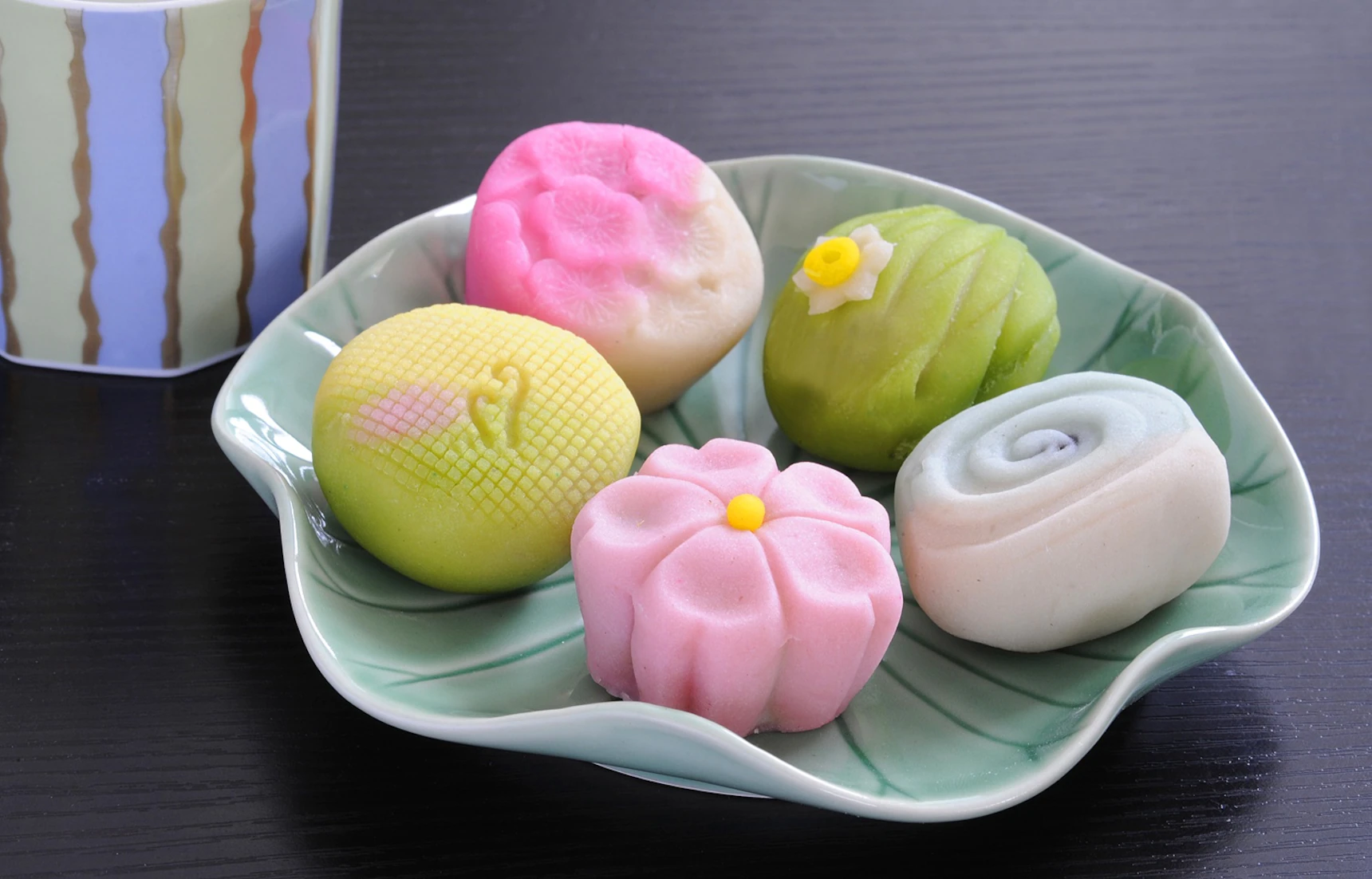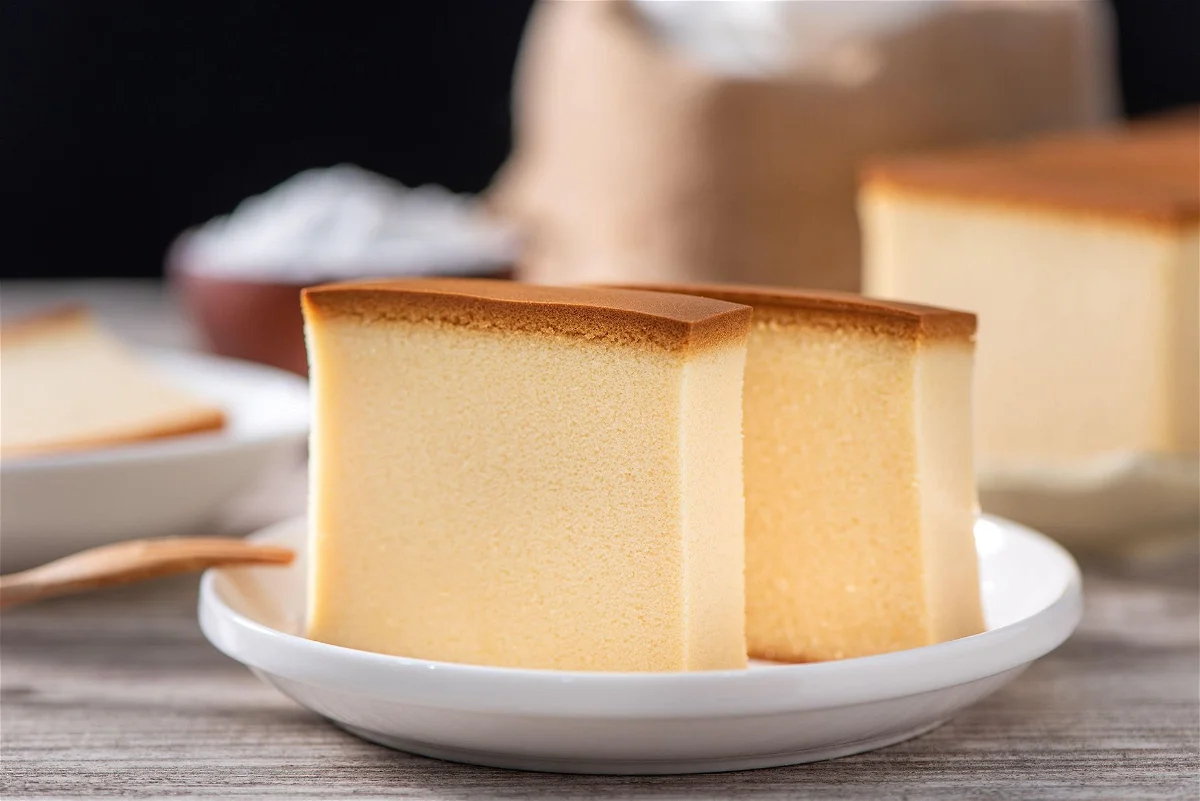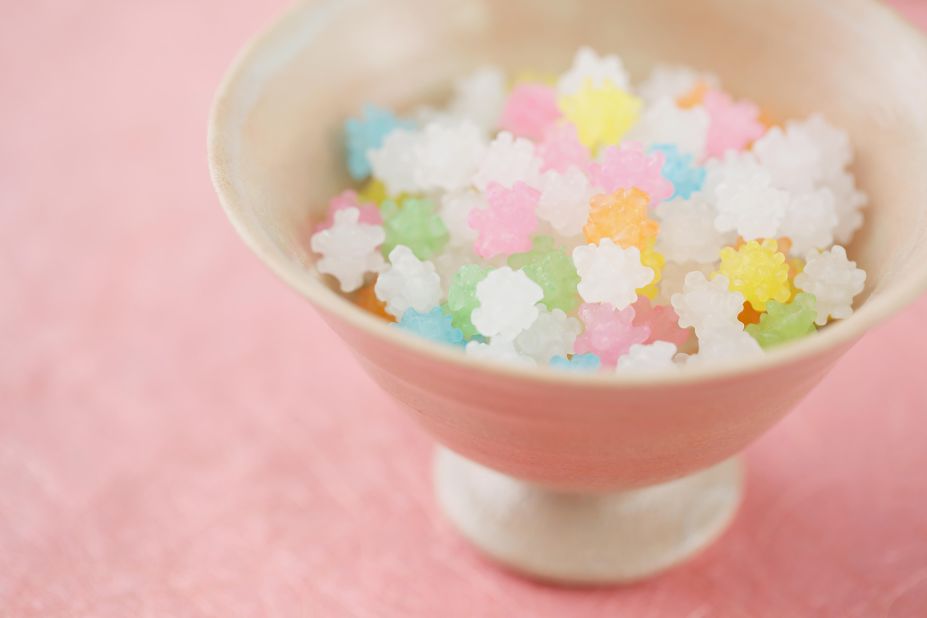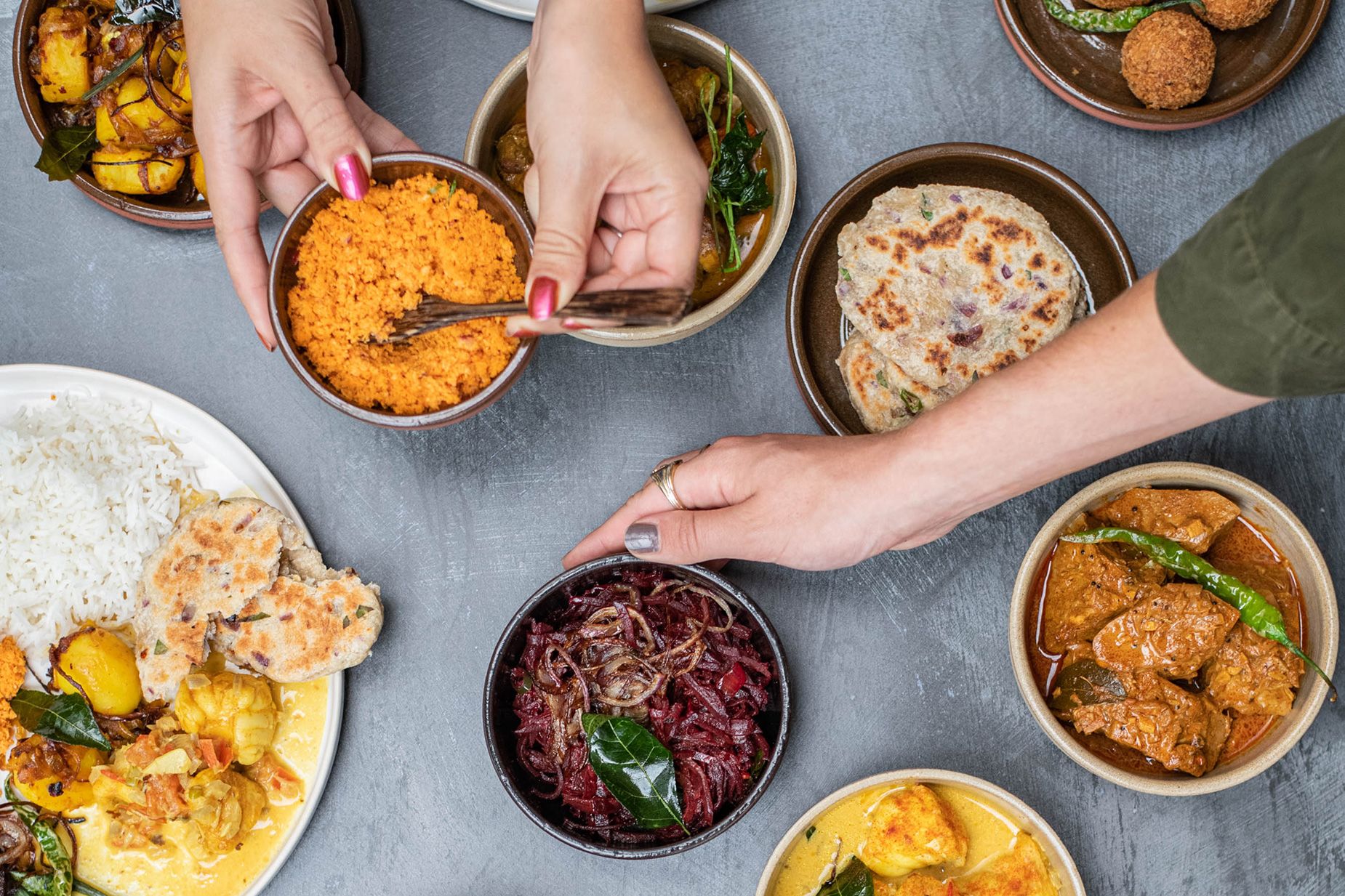Japan’s sweet story. Legend has it that some Portuguese monks got swept off course, landing in Nagasaki, Japan, ages ago. They didn’t just bring themselves; they brought sugar—cue the sweet revolution. This chance encounter changed Japan’s flavor game forever.
Nagasaki: The Sweet City
Back in the 16th century, Nagasaki was the hotspot for foreign trade in Japan. And guess what? That’s where the sweet tooth craze began. Many of Japan’s beloved sweets, known as wagashi, have their roots right there on Kyushu island.

Castella: A Portuguese Love Story
Enter castella, a pound cake with a Portuguese flair. It’s got that pound cake vibe, but the Japanese twist? Mizuame syrup made from sticky rice. Fukusaya, a famous cake shop born in Nagasaki in 1624, serves up the best castella. Their cakes, cubed and wrapped in vibrant packaging, make awesome gifts.
Dorayaki and Euro-Japan Collabs
Castella doesn’t stop at being a cake. It also stars in dorayaki—a sweet sandwich with red bean paste hugged between two thin castella cakes. Then come macarons, but with a Japanese twist: peanut flour and flavors like green tea or red bean. It’s like Europe and Japan high-fived in the kitchen.
Sweet Evolution: Japan Meets Europe
The pastry game in Japan has been on turbo mode for the past 50 years. European pastries, especially the French ones, are huge hits here. And guess what? European patisseries are taking notes from Japan’s sweet innovations. It’s a pastry love exchange.
Kitajima: The Euro-Japan Sweet Maestros
Japan’s sweet story. Kitajima, a Kyushu gem, is all about fusion sweets. Think Portuguese-inspired marubolo cookies, French-style madeleines with a nutty twist, and Margaret cakes that resemble big flowers. They’ve mastered the art of blending Europe with Japan in the sweetest way.
Konpeito: Japan’s Candy Stars
Ever seen those cute, pastel, starry candies? That’s konpeito, originally inspired by Portuguese confeito. These tiny treats weren’t just about looking adorable—they were crazy expensive. Only the elite, like the Imperial Family, could indulge.
Royal Treats: Konpeito for Royalty
When big shots visit the Imperial Family in Japan, they receive fancy sterling silver candy boxes called bonbonnieres. And what’s inside? Yep, konpeito. It’s tradition, and it’s classy, with the royal chrysanthemum emblem.
Sweet Revival: Rediscovering Japan’s Flavors
Some chefs in Japan are on a mission to bring back the old-school local flavors before sugar became the superstar. Take Michele Abbatemarco—he’s hunting down rare honeys that once sweetened Japanese treats. At Est, his French restaurant, he’s introducing these forgotten flavors to curious guests.
Sweet Tooth Never Quits
Nowadays, folks jet into Japan rather than sailing in, but their love for sweets remains. And Japan’s got quite the sweet legacy, blending tastes from across the globe into something uniquely delicious. Who knew sugar could sweeten history this much?



